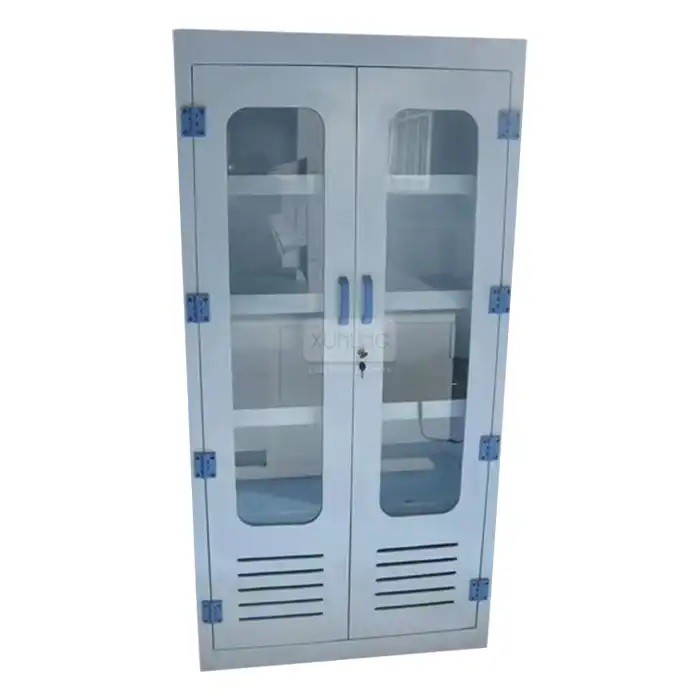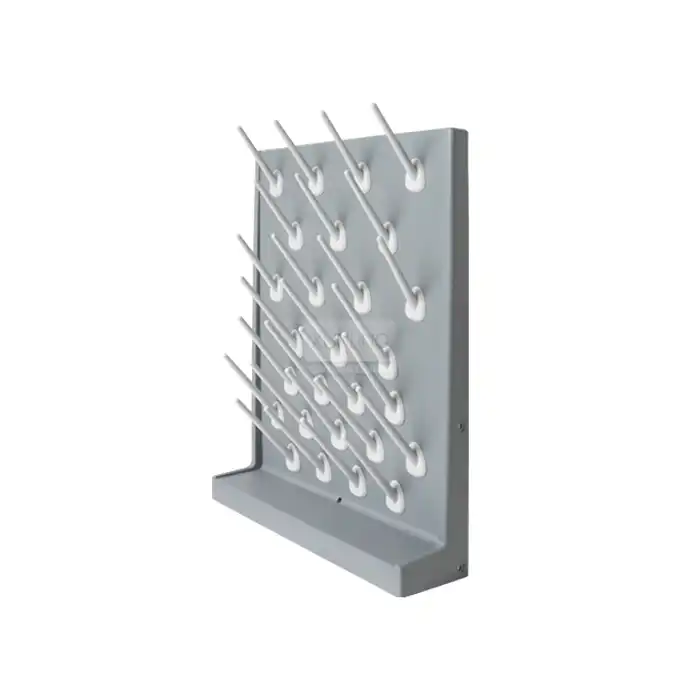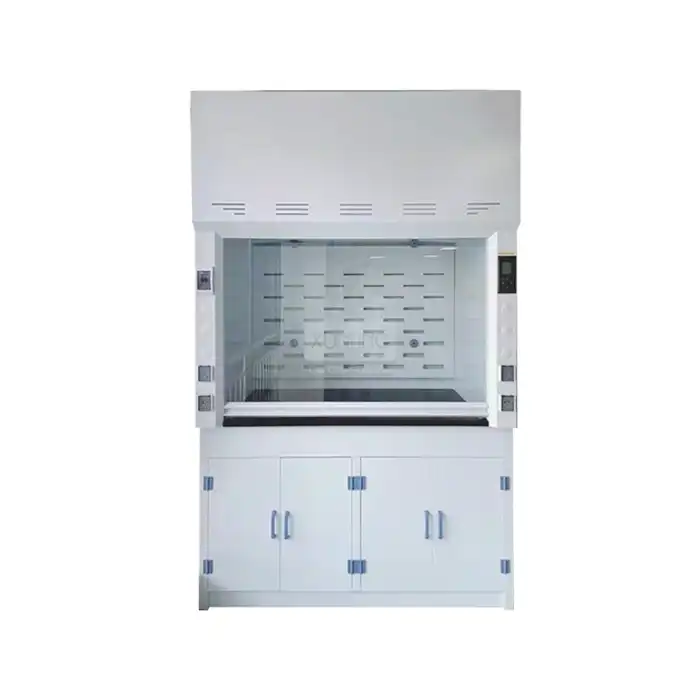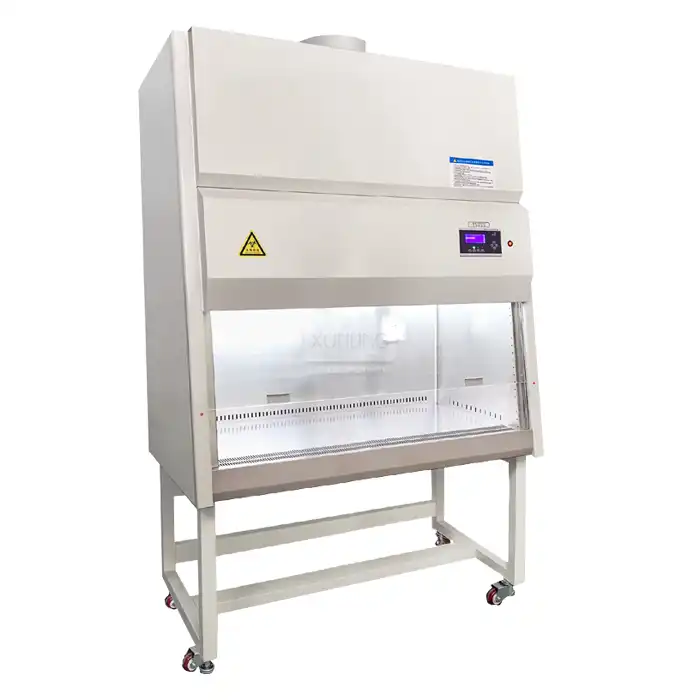
What Common Mistakes Should I Avoid When Using a Chemical Vent Hood?
2025-06-19 17:23:10
Working with hazardous chemicals in laboratory settings requires strict adherence to safety protocols, with chemical vent hoods serving as a primary defense against harmful exposure. Despite their critical importance, many laboratory professionals make common errors when using chemical vent hoods that compromise safety and efficiency. Understanding these mistakes is essential for maintaining a safe working environment and ensuring the proper functionality of these vital safety devices. This comprehensive guide explores the most frequent errors made when operating chemical vent hoods and provides detailed recommendations for their proper use.
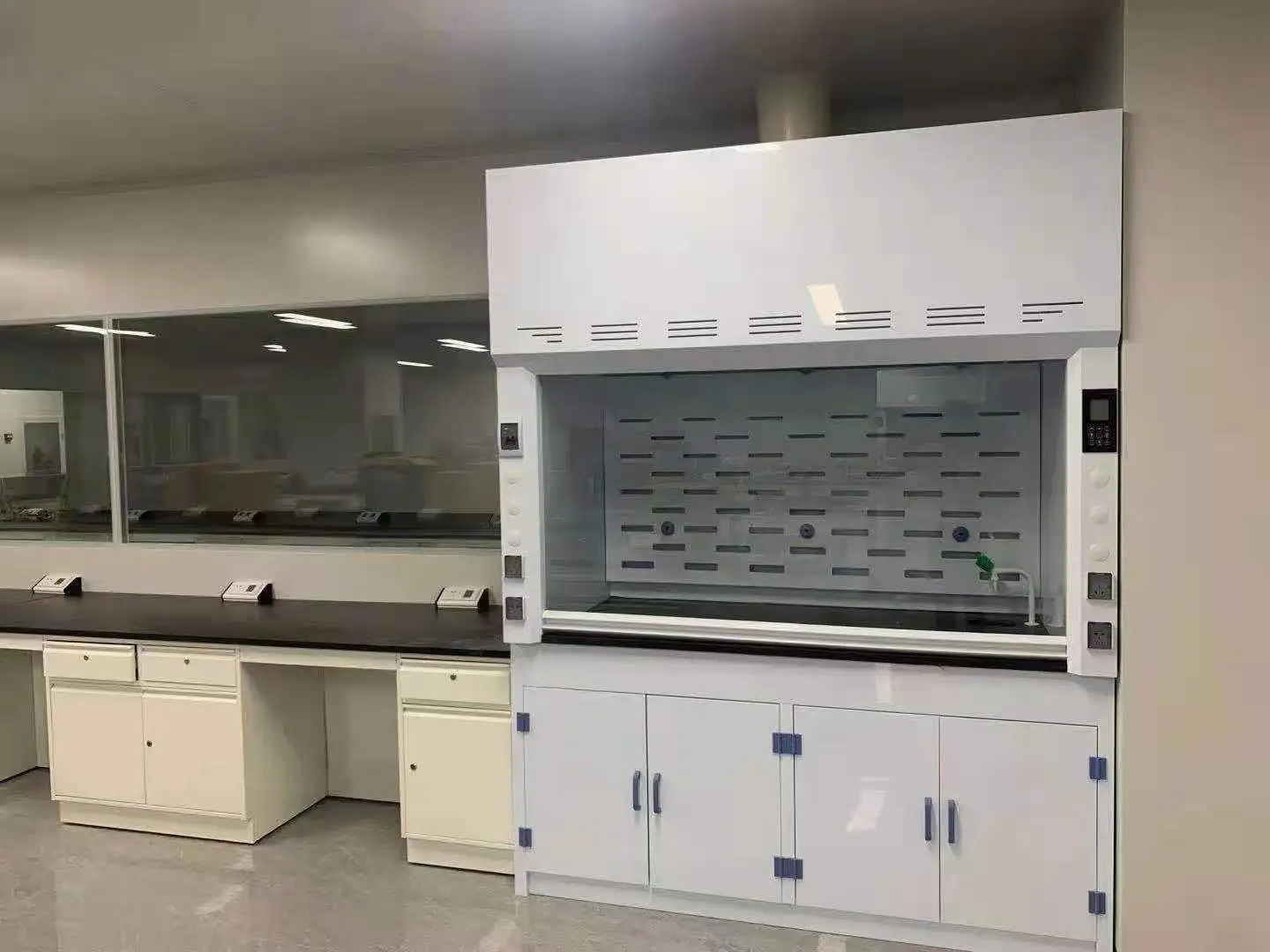
Fundamental Operational Errors
The proper operation of a chemical vent hood is critical for laboratory safety. Unfortunately, many users commit fundamental mistakes that compromise the hood's effectiveness and put themselves at risk.
Improper Sash Position and Management
The sash of a chemical vent hood serves as both a physical barrier between the user and hazardous substances and as a critical component of the hood's airflow management system. Improper sash positioning is among the most common and dangerous mistakes made when using chemical vent hoods. Many laboratory workers leave the sash completely open during experiments or preparations, which significantly reduces the face velocity of air entering the hood. This decreased velocity compromises the hood's ability to contain hazardous vapors and particles. Studies have shown that proper face velocity typically ranges between 80-120 feet per minute, which is often impossible to maintain with a fully raised sash. Additionally, users frequently adjust the sash position abruptly, creating turbulent airflow that can push contaminants out of the hood and into the breathing zone. To avoid these issues, always maintain the sash at the designated operating height, typically marked on the sides of the hood frame. When working with particularly hazardous materials, position the sash to provide maximum protection while still allowing necessary access to materials. Whenever possible, use the sash as a protective shield by working with your hands and arms beneath or around it. Remember that a properly positioned sash not only improves containment but also reduces energy consumption by limiting the volume of conditioned air being exhausted from the laboratory.
Incorrect Placement of Equipment and Materials
The placement of equipment and materials within a chemical vent hood significantly affects its performance. Many users overcrowd their chemical vent hoods or position items improperly, creating obstacles that disrupt airflow patterns and reduce containment effectiveness. Large equipment placed directly in front of the hood's rear baffles blocks critical airflow pathways. Items positioned at the very front edge of the hood workspace may be exposed to room air currents, potentially allowing contaminants to escape. Research indicates that equipment placed more than six inches inside the hood face can create "dead zones" of minimal airflow, where hazardous vapors may accumulate. To optimize airflow dynamics, elevate large equipment approximately 2 inches using stands to allow air circulation underneath. Keep all work operations and chemical sources at least 6 inches inside the hood face. Avoid storing unnecessary materials in the hood, as they occupy valuable workspace and create obstructions. Arrange equipment and materials to maintain clear paths for airflow to the rear baffles, which is essential for proper exhaust function. By maintaining proper spatial organization within your chemical vent hood, you ensure optimal containment and protection.
Neglecting Airflow Indicators and Alarms
Many chemical vent hood users neglect the importance of monitoring airflow indicators and responding to alarms, which are critical safety features designed to alert users to potentially dangerous conditions. Modern chemical vent hoods are equipped with sophisticated monitoring systems that provide real-time feedback on airflow conditions. These may include digital or analog face velocity displays, pressure differential indicators, or simple airflow visualizers. Unfortunately, users often become desensitized to these indicators or disable alarms due to perceived nuisance alerts. According to laboratory safety statistics, ignoring airflow indicators contributes to approximately 18% of chemical exposure incidents. When an alarm sounds or an indicator shows compromised airflow, immediately cease all work with hazardous materials and close all chemical containers. Report the malfunction to laboratory management or facilities personnel and do not resume work until the system has been professionally inspected and proper operation confirmed. Regular verification of airflow indicators should be part of your pre-use checklist. Before beginning work, confirm that the face velocity is within the appropriate range (typically 80-120 feet per minute) and that all monitoring systems are functional. This simple habit can prevent serious safety incidents and ensure your chemical vent hood provides reliable protection.
Safety Protocol Violations
Beyond operational errors, violations of established safety protocols represent another category of common mistakes when using chemical vent hoods.
Compromising Personal Protective Equipment
While a chemical vent hood provides primary containment for hazardous materials, personal protective equipment (PPE) offers an essential secondary layer of protection. Unfortunately, many users compromise their safety by failing to wear appropriate PPE when working with chemical vent hoods. The false sense of security provided by the hood often leads to the misconception that additional protection is unnecessary. This dangerous assumption ignores the possibility of hood failure, accidental spills, or contaminant escape due to improper technique. Laboratory safety data indicates that approximately 22% of chemical exposure incidents involve inadequate PPE use, even when working with properly functioning hoods. Always wear appropriate gloves matched to the specific chemicals being handled, as different glove materials offer varying levels of resistance to different chemical classes. Safety glasses or goggles are essential, as splashes can occur despite the hood's containment properties. A laboratory coat provides crucial protection against skin contact with hazardous materials. For particularly dangerous substances, consider additional protection such as face shields or special chemical-resistant aprons. Remember that the chemical vent hood is just one component of a comprehensive safety system that includes proper PPE. These protective elements work together to minimize risk and should never be compromised, regardless of how effective your hood appears to be.
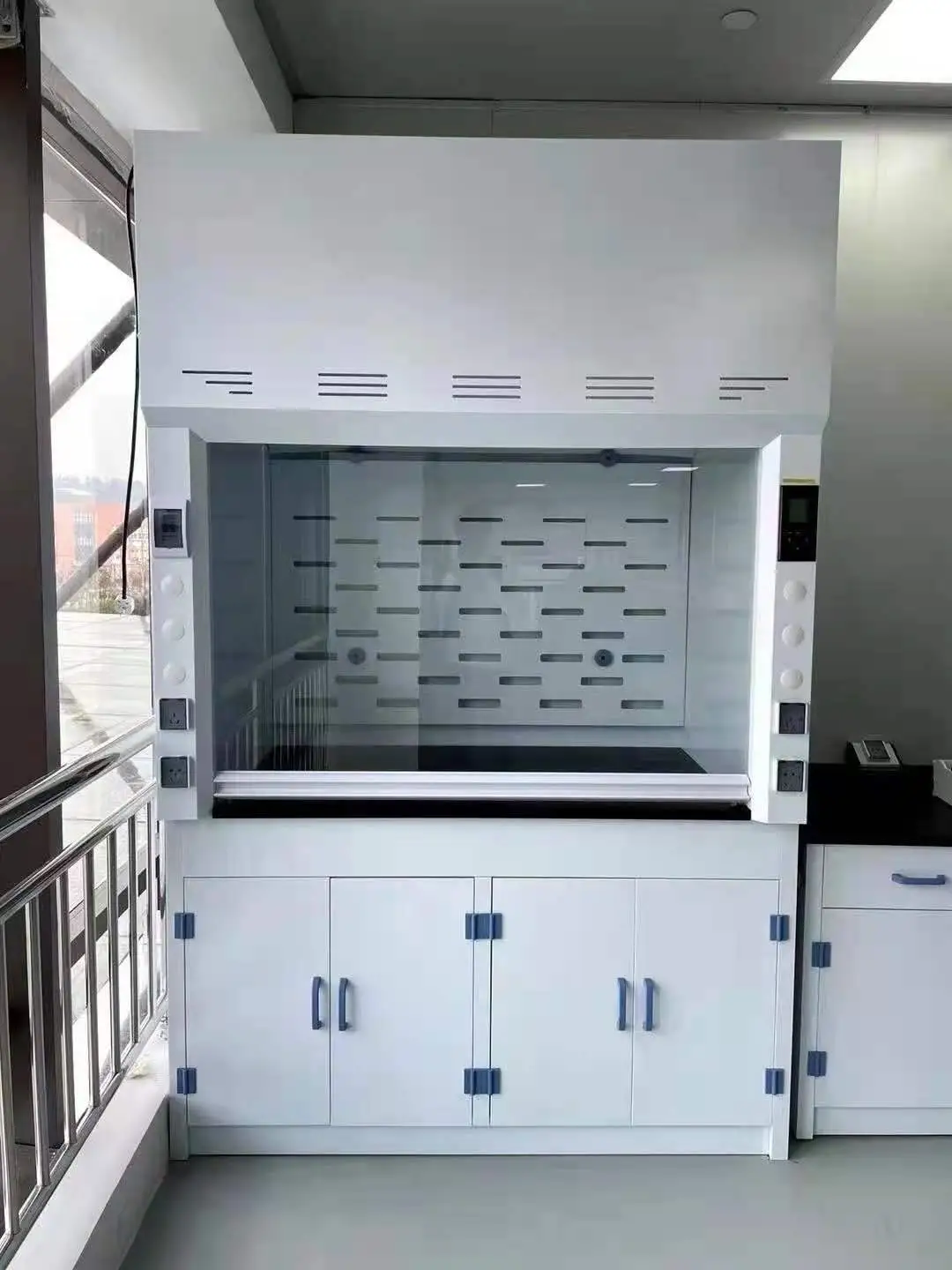
Improper Chemical Storage Inside the Hood
Using the chemical vent hood as a storage area for chemicals is a dangerously common practice that compromises both safety and hood performance.
Many laboratory workers store reagent bottles, waste containers, and unused materials inside chemical vent hoods, viewing them as convenient, ventilated storage spaces. This practice creates multiple hazards: stored chemicals continuously release vapors that unnecessarily expose users to potentially harmful substances; excessive items create airflow obstructions; and the practice reduces available workspace for actual experiments. Studies show that chemical vent hoods containing stored chemicals typically experience a 30-40% reduction in effective containment capability. Additionally, when chemicals are stored inside the hood, users must reach past other hazardous materials to access items at the back, increasing the risk of accidents and spills. Instead, store chemicals in properly designated safety cabinets when not in use. Only place in the hood the chemicals immediately needed for the current procedure. Waste containers should be kept as small as practical for the operation and removed promptly when work is completed. If temporary storage inside the hood is absolutely necessary, position containers as far back as possible without blocking rear baffles, keep them tightly sealed, and limit storage duration to the minimum time required. By treating your chemical vent hood as a workspace rather than a storage unit, you maintain its optimal performance characteristics and reduce unnecessary exposure to hazardous materials.
Working with Extremely Hazardous Materials Without Precautions
Some chemical procedures involve substances or reactions that require special precautions beyond standard chemical vent hood usage. Failing to recognize these situations and implement appropriate additional safeguards represents a serious mistake. Particularly hazardous substances—including select carcinogens, reproductive toxins, and chemicals with high acute toxicity—require enhanced containment strategies. However, users often treat these materials with the same protocols as less dangerous chemicals, overlooking the need for heightened safety measures when using chemical vent hoods. When working with extremely hazardous materials, consider using specialized containment devices within the hood, such as secondary enclosures or catch basins. Implement strict protocols for waste handling and decontamination. For certain operations involving particularly toxic volatile compounds, conventional chemical vent hoods may be insufficient, necessitating specialized systems like ducted Biological Safety Cabinets or glove boxes. Always conduct a thorough risk assessment before working with highly hazardous materials. Consult material safety data sheets for specific handling recommendations and determine whether your standard chemical vent hood provides adequate protection. For unusually dangerous procedures, prepare a detailed safety plan and consider requesting oversight from laboratory safety personnel during initial operations.
Maintenance and Testing Oversights
The third major category of mistakes related to chemical vent hood usage involves failures in proper maintenance and performance verification.
Skipping Regular Performance Testing
Chemical vent hoods require regular performance testing to ensure they continue to provide adequate protection, yet many facilities neglect this crucial safety practice. Industry standards recommend annual certification of chemical vent hoods, with more frequent testing in high-use environments or when working with particularly hazardous materials. Despite these recommendations, studies indicate that approximately 35% of laboratory hoods go more than two years between formal performance evaluations. This oversight can allow deteriorating performance to go undetected until a serious incident occurs. Face velocity testing using calibrated instruments should be conducted at least annually by qualified personnel. This testing verifies that the hood maintains proper airflow rates across the face opening. Additionally, visualization tests using smoke or other indicators help identify potential containment failures not apparent from velocity measurements alone. Comprehensive testing should evaluate the entire system, including exhaust fans, ductwork, and control systems. Document all performance tests and maintain these records accessible to laboratory personnel. If performance deficiencies are identified, immediately restrict hood use and place clear signage indicating that the equipment should not be used until repairs are completed and performance verified.
Ignoring Signs of Malfunction or Deterioration
Chemical vent hoods provide visual and audible indicators of their operational status, yet users frequently ignore signs of malfunction or deterioration until complete failure occurs. Warning signs of hood malfunction include unusual noises from the exhaust system, visible corrosion on interior surfaces, inconsistent airflow indicator readings, or difficulty maintaining sash position. These symptoms often develop gradually, leading users to normalize the deteriorating conditions rather than addressing them promptly. According to maintenance statistics, approximately 68% of major hood failures are preceded by observable warning signs that went unreported for weeks or months. This delay in addressing developing problems not only increases repair costs but also exposes users to unnecessary risk during the deterioration period. Implement a formal system for reporting and documenting any anomalies in hood performance. Train all users to recognize signs of potential malfunction, such as changes in the sound of the exhaust system, fluctuations in airflow indicators, or physical damage to hood components. Establish clear responsibilities for hood maintenance oversight, whether assigned to laboratory managers, safety officers, or designated users. By remaining vigilant for early warning signs of deterioration, you can ensure that maintenance issues are addressed before they compromise safety or require costly major repairs to your chemical vent hood.
Neglecting Filter Replacement and System Cleaning
For ductless or filtered chemical vent hoods, regular filter replacement and system cleaning are essential maintenance activities often overlooked by users. Filtered chemical vent hoods rely on activated carbon or other specialized filtration media to capture and neutralize chemical vapors. These filters have finite capacity and gradually become saturated with contaminants. Users frequently continue operating hoods with expired filters, mistakenly believing that absence of odors indicates continued effectiveness. However, breakthrough can occur suddenly once saturation thresholds are reached, potentially releasing concentrated contaminants. Manufacturers typically specify filter replacement intervals based on usage patterns and types of chemicals processed. These recommendations should be treated as maximum intervals, with replacement potentially required earlier based on actual usage intensity. Maintain detailed logs of hood usage, including types and quantities of chemicals processed, to inform appropriate filter replacement scheduling. Regular cleaning of hood surfaces and components is equally important. Chemical residues can accumulate over time, potentially creating contamination risks or interfering with proper hood function. Develop a systematic cleaning protocol appropriate for your specific hood design and chemical usage patterns. This typically includes regular wiping of work surfaces with appropriate cleaning agents and periodic more thorough cleaning of interior components. By adhering to proper filter replacement schedules and cleaning protocols, you ensure continued effective operation of your chemical vent hood and prevent the accumulation of potentially dangerous chemical residues.
Conclusion
Avoiding common mistakes when using a chemical vent hood is essential for laboratory safety and efficient operations. By understanding proper sash management, correct equipment placement, and the importance of airflow monitoring, users can maximize containment effectiveness. Adhering to safety protocols regarding PPE, chemical storage, and hazardous materials handling further enhances protection. Regular maintenance, including performance testing, malfunction reporting, and filter replacement, ensures continued reliable operation. Together, these practices create a comprehensive approach to chemical vent hood safety.
Ready to upgrade your laboratory safety equipment with professional-grade chemical vent hoods designed for optimal performance and user protection? At Xi'an Xunling Electronic Technology Co., Ltd., we provide cost-effective, reliable, and user-friendly laboratory furniture and equipment solutions tailored to your specific needs. With our 5-day delivery, 5-year warranty, custom-made options, and comprehensive after-sales support, you can ensure your laboratory maintains the highest safety standards. Contact our expert team today at xalabfurniture@163.com to discuss how our chemical vent hoods can enhance your laboratory's safety infrastructure.
References
1. Davidson, J.H. & Miller, S.L. (2023). Laboratory Ventilation Systems: Design, Performance, and Safety Considerations. Journal of Chemical Health and Safety, 30(2), 112-128.
2. Wang, L., Chen, Q., & Yin, Y. (2022). Quantitative Assessment of Laboratory Fume Hood Performance under Various Operating Conditions. Building and Environment, 189, 107-119.
3. Peterson, R.B. & Richardson, T.D. (2023). Best Practices for Laboratory Chemical Hood Usage and Maintenance. American Chemical Society Publications, Safety Guides Series, Vol. 4.
4. Zhang, H., Liu, J., & Wu, C. (2021). Comparative Analysis of Airflow Patterns in Chemical Fume Hoods with Different Baffle Designs. ASHRAE Transactions, 127(1), 231-245.
5. Kelsey, M.A. & Thompson, R.L. (2022). Human Factors in Laboratory Safety: Behavioral Analysis of Chemical Hood Usage Patterns. Journal of Laboratory Safety, 15(3), 78-92.
6. Harrison, P.T. & Bradley, E.S. (2023). Comprehensive Guide to Laboratory Ventilation Equipment: Selection, Operation, and Maintenance Standards. International Laboratory Safety Institute, Technical Publication Series.







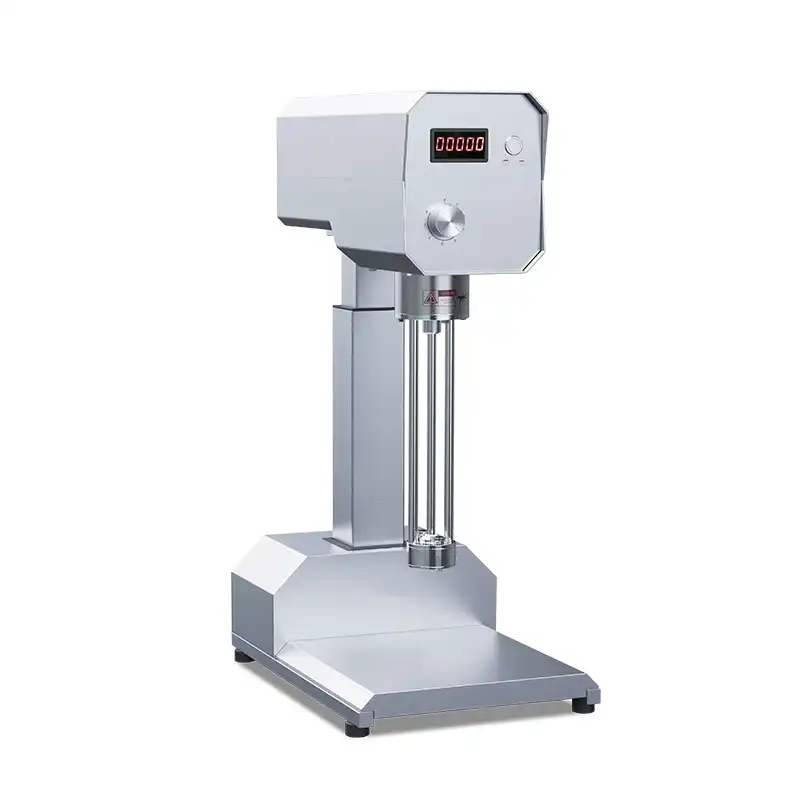


_1735284212689.webp)
